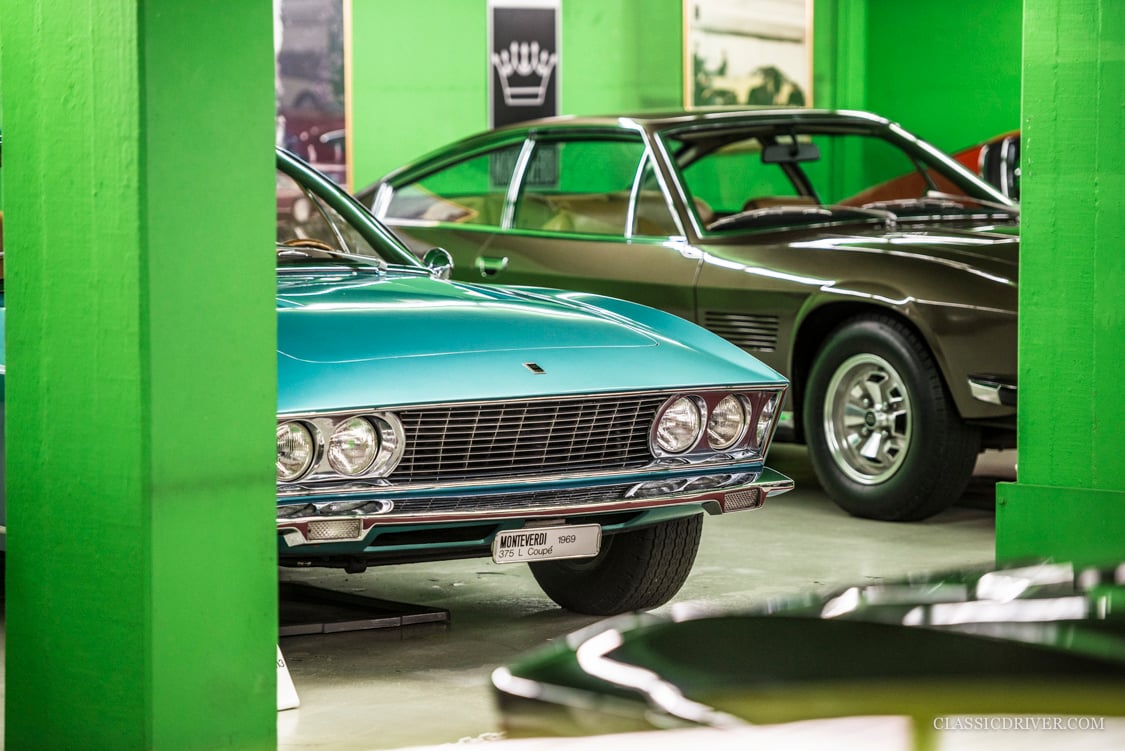
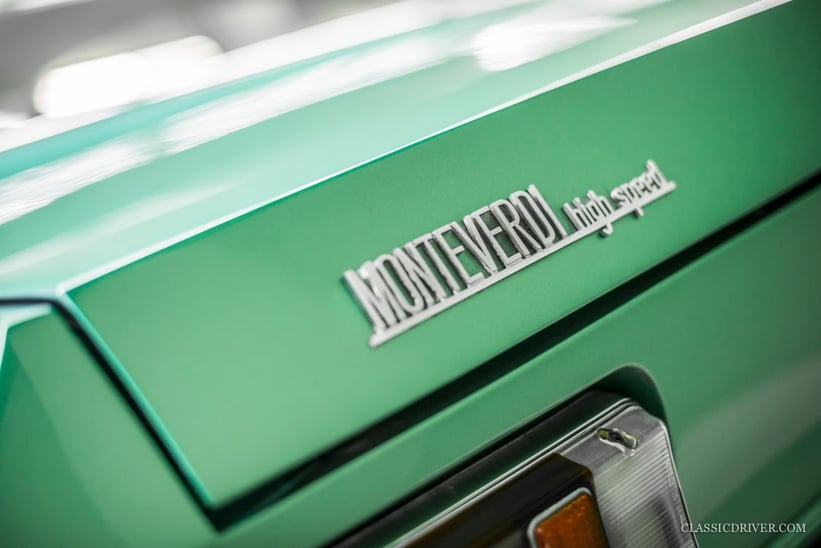
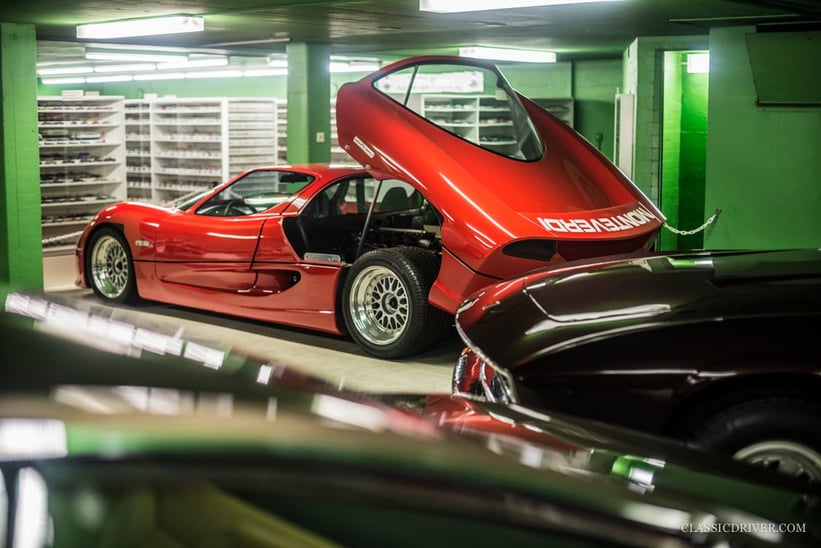
The Swiss racing driver and car manufacturer Peter Monteverdi might not be as familiar as his contemporaries Enzo Ferrari or Ferruccio Lamborghini, but his creations wrote automotive history. The sports coupés, convertibles and saloons built in Basel in the 1960s and ’70s were elegant, fast, unconventional and extremely luxurious. The Safari could even be considered a pioneer of modern luxury SUVs, including the Bentley Bentayga and the Maserati Levante. In fact, we could hardly believe how many visionary production cars and prototypes had emerged under the Monteverdi banner when we recently visited the museum in Basel. Paul Berger, the long-term curator and present-day director of the museum, gave us an interesting and personal insight into the history of this curious brand.
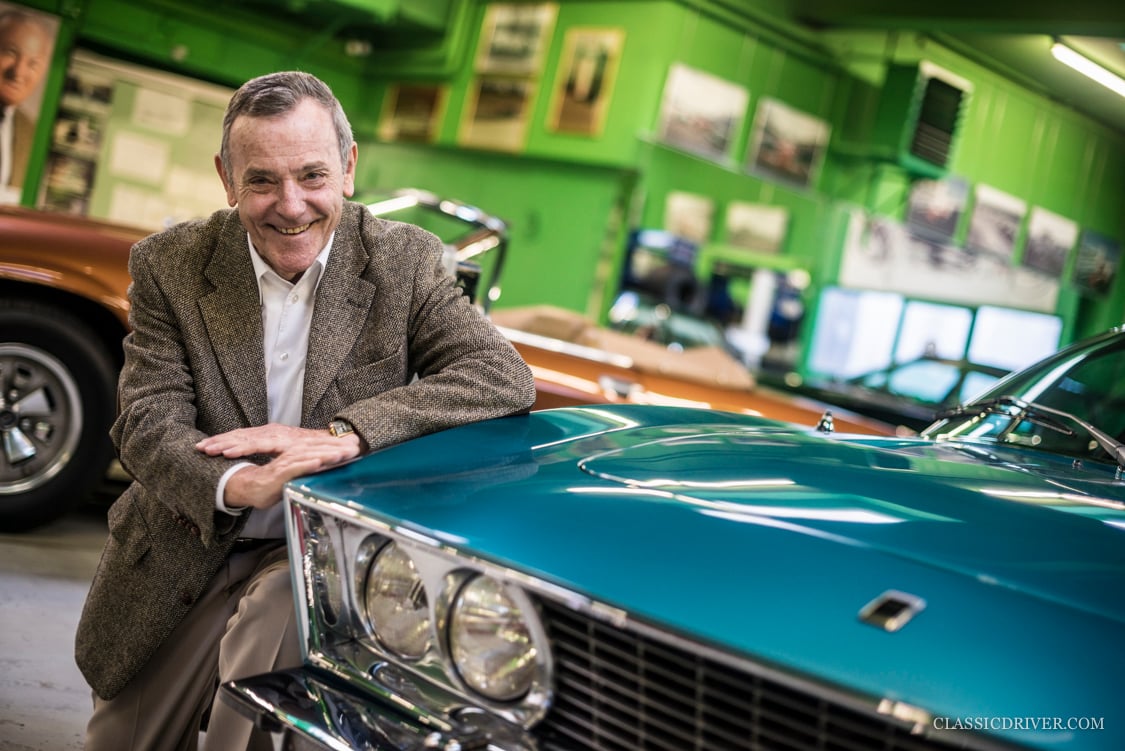
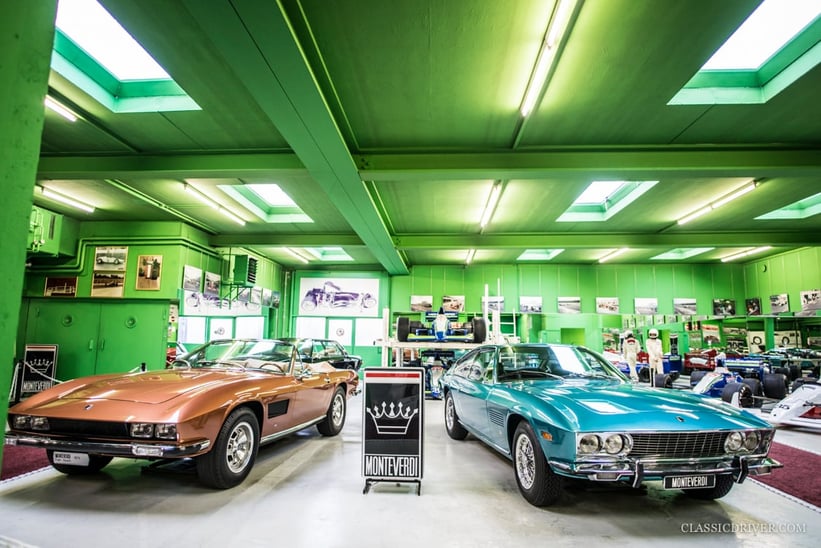
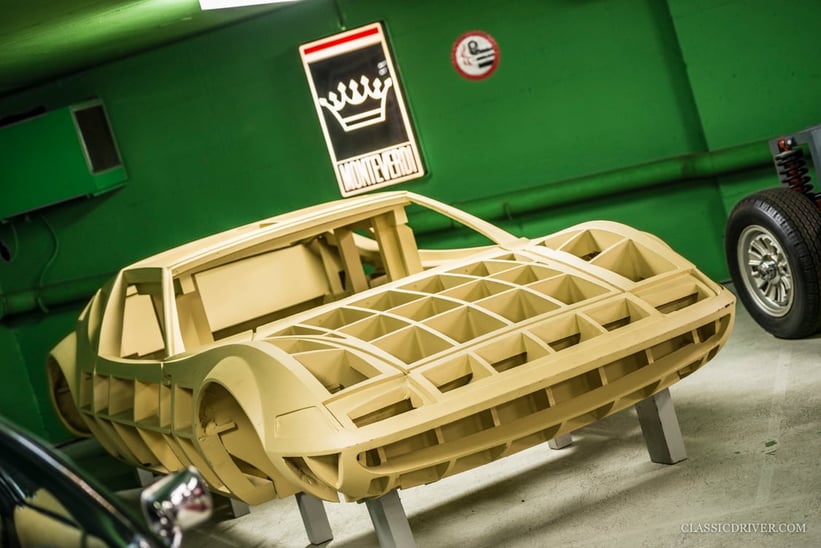
Why did Monteverdi emerge as Switzerland’s luxury sports car brand in the 1960s?
Peter Monteverdi first had a Ferrari dealership. Many of the customers were elderly gentlemen who could afford a Ferrari, but no longer wanted such a sporty car. This gave Monteverdi the idea of building a car of his own, with an automatic gearbox, power steering and other creature comforts – features that were not offered by other sports car manufacturers at the time. The first two-seater coupé, the Monteverdi High Speed 375 S, was very well received on its introduction in 1967, however some customers wanted more space and asked if we could build a 2+2 version. Suffice to say, we obliged…
You didn’t develop the technology for the cars in house, did you?
The model designation 375 referred to the V8 engines we’d bought from Chrysler, which had a 7.2-litre displacement and developed 375HP. At the time, Chrysler had an international network, on which our customers could rely for servicing and parts. This was vital to us, as we could not have built our own workshops in every country in which the cars were bought.
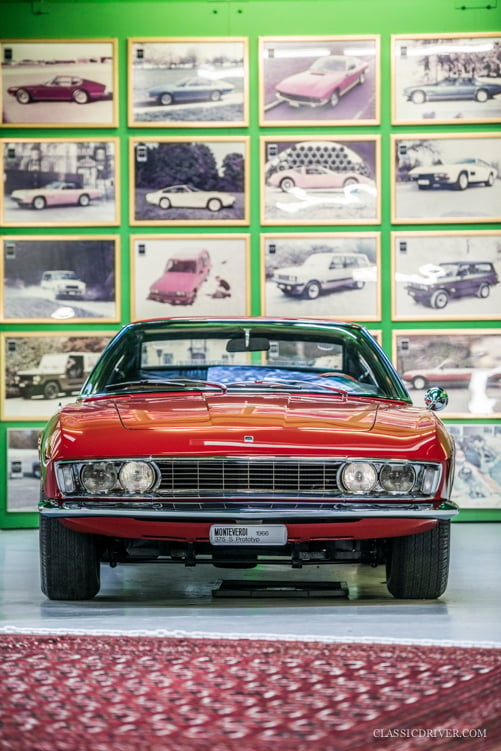
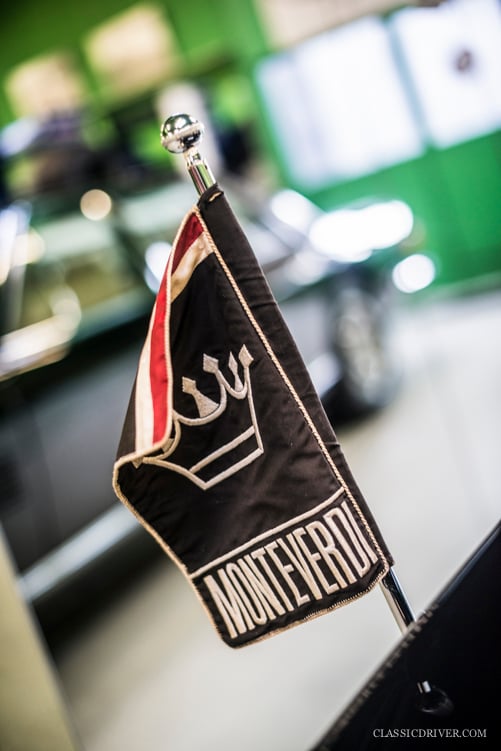
What was your role at Monteverdi?
I’ve been part of the brand for 53 years. As Sales Manager, I had the pleasure of personally meeting many of our well-known customers. Often I flew to meet them before they ordered their cars, to find out what special features – iceboxes, televisions and the like – they wanted to specify.
What was it like to work with Peter Monteverdi?
He was a very innovative person. If he had an idea at eight o’clock in the morning and it wasn’t implemented by noon, he’d turn into a bit of a devil. The development process was always too slow for him. That said, he was a great man and you could approach him with any problem. He was loved or hated, but that’s the way artists have always been.
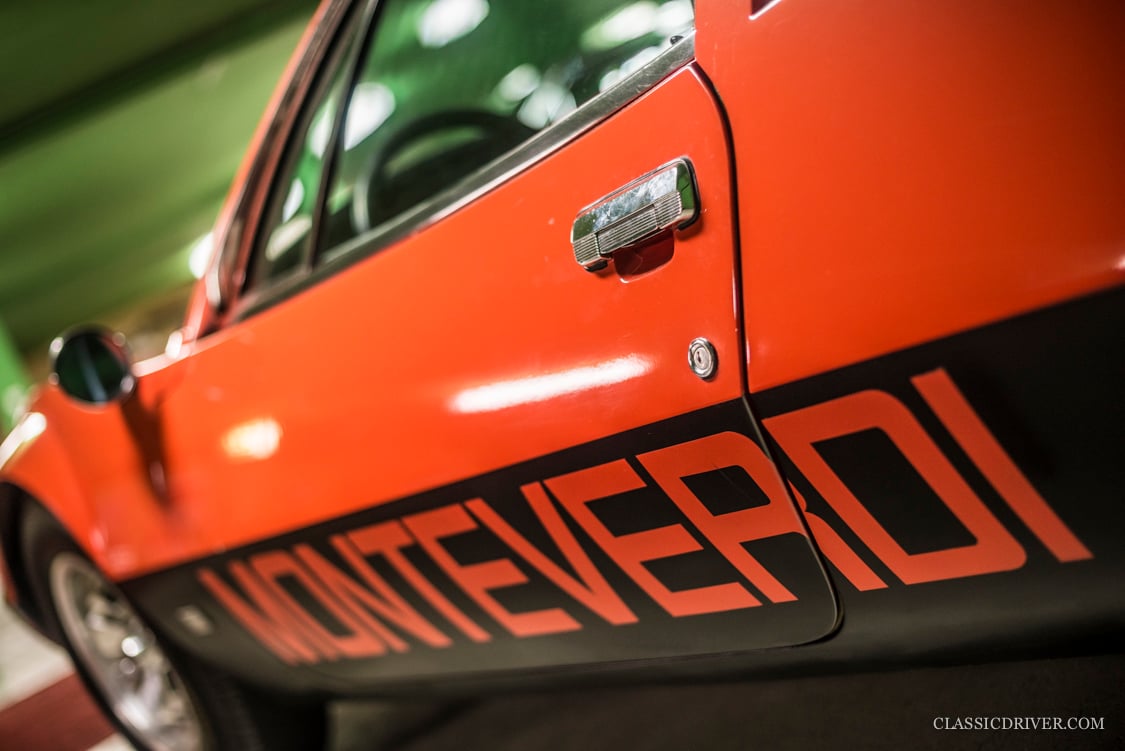
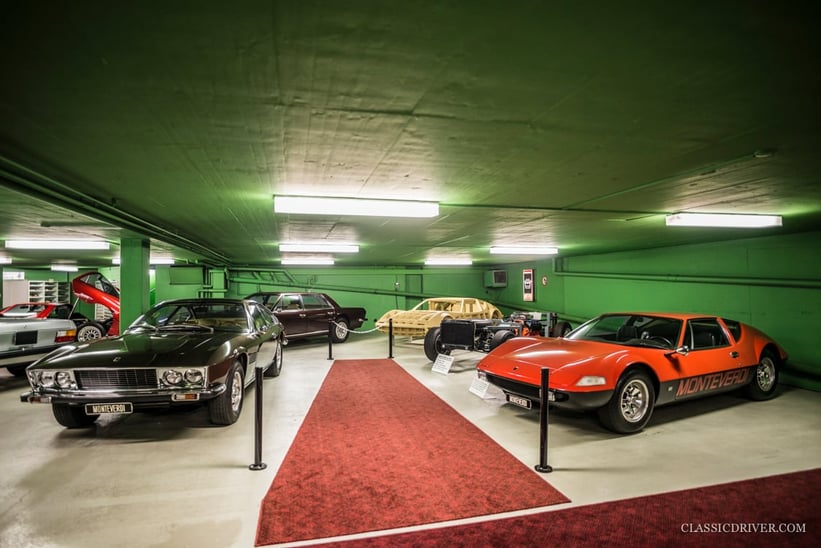
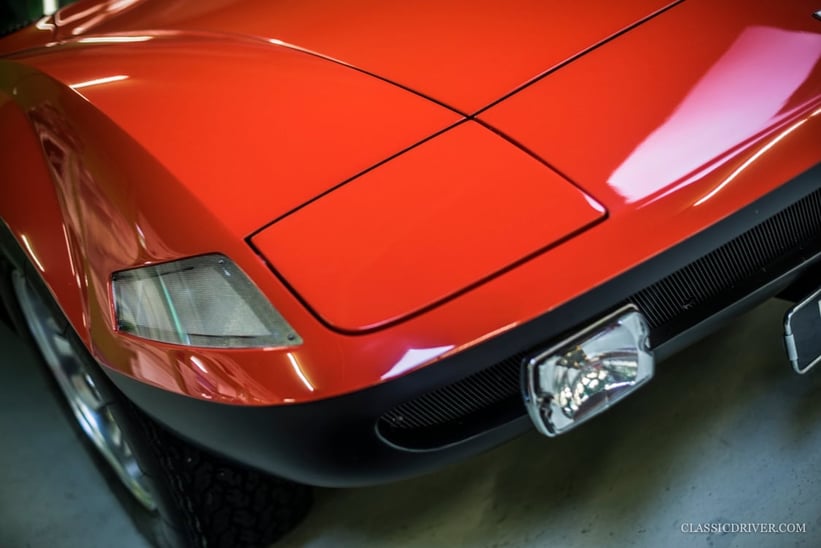
Perhaps the most eye-catching Monteverdi was the Hai 450, affectionately known as the Shark – why do you think this was?
The Shark was the car that made Monteverdi famous. With 450HP in 1970, that car was a crazy thing at the time. By today’s standards it might sound average, but 45 years ago that was quite a feat. I don’t recall a single car magazine that didn’t feature the Shark in its Geneva Motor Show coverage that year.
It wasn’t always plain sailing for the company, though, was it?
The oil crisis in the early 1970s was a very difficult time for us. On a Sunday, you could walk right down the middle of a virtually empty highway. Money was there, but it was simply impossible to buy such extravagant cars. Fortunately, we had good contacts in the Middle East, where we continued to sell. That was when Peter had the very good idea of building the Safari SUV, a luxury off-road vehicle with four-wheel-drive, cruise control, air-conditioning and every other possible creature comfort you could desire. The car was as suited to the city as it was to the sand or the snow. You must consider that, at the time, a Jeep was still a utility vehicle and even the Range Rover offered no comparable luxury. The Safari proved particularly popular in the Arab world, which brought the company back from the brink of extinction.
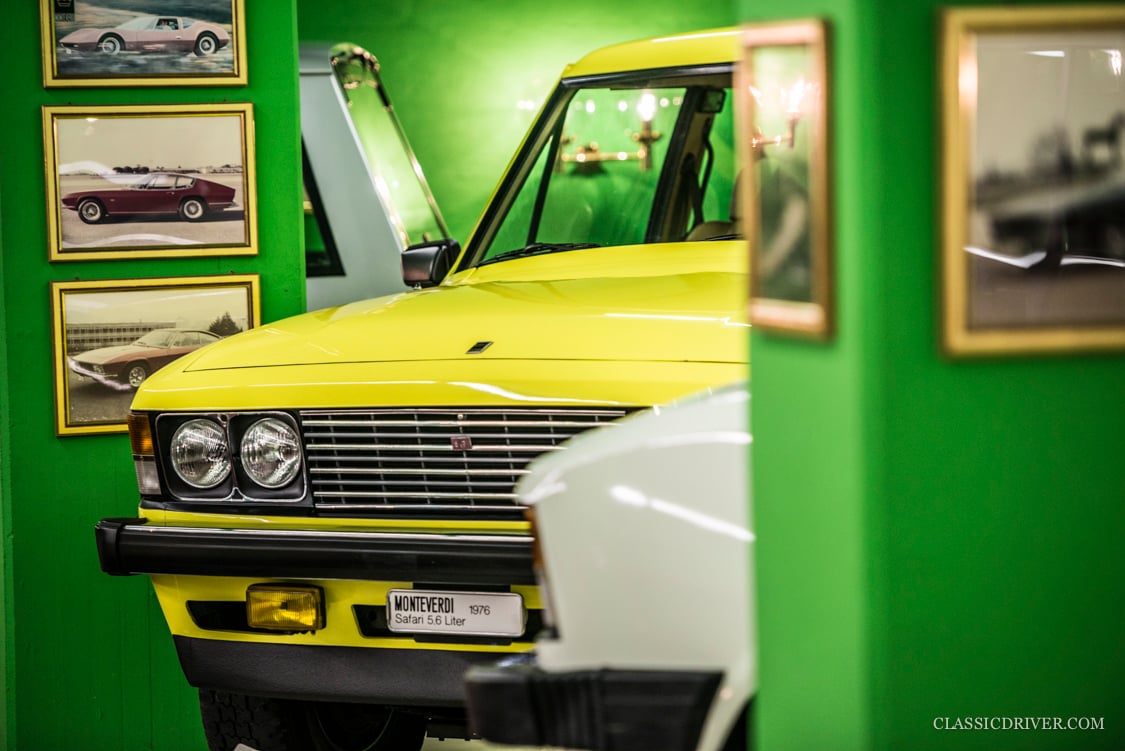
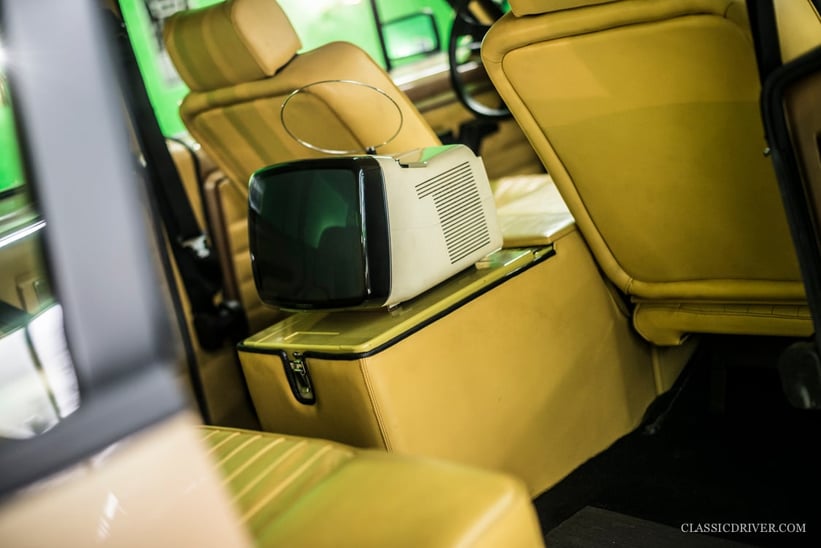
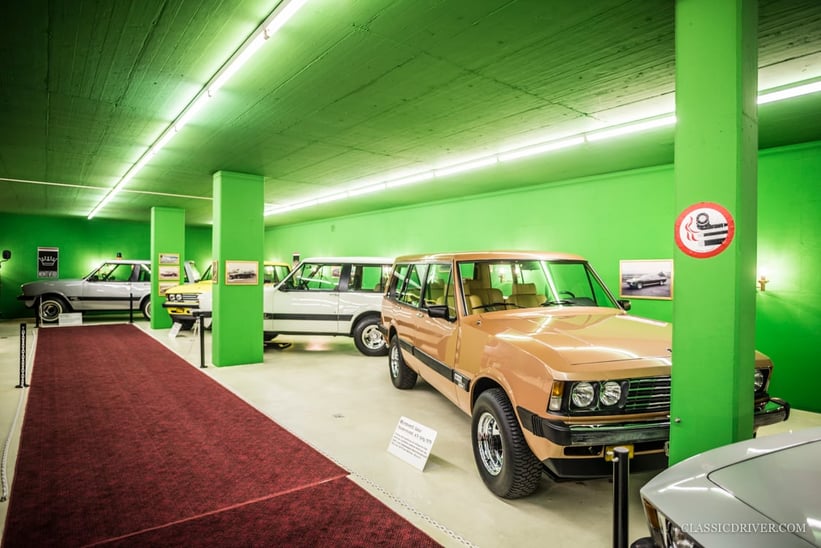
Are there many of these cars still in the Middle East today?
Unfortunately, there is no way to tell. Many Safaris were certainly destroyed by bombing in the Gulf War, but from time to time well-preserved examples emerge.
Looking around the museum, there are many cars that appear visionary for their respective eras…
As a small company, we could decide to build new models almost overnight. Often Peter’s ideas were simply ahead of their time.
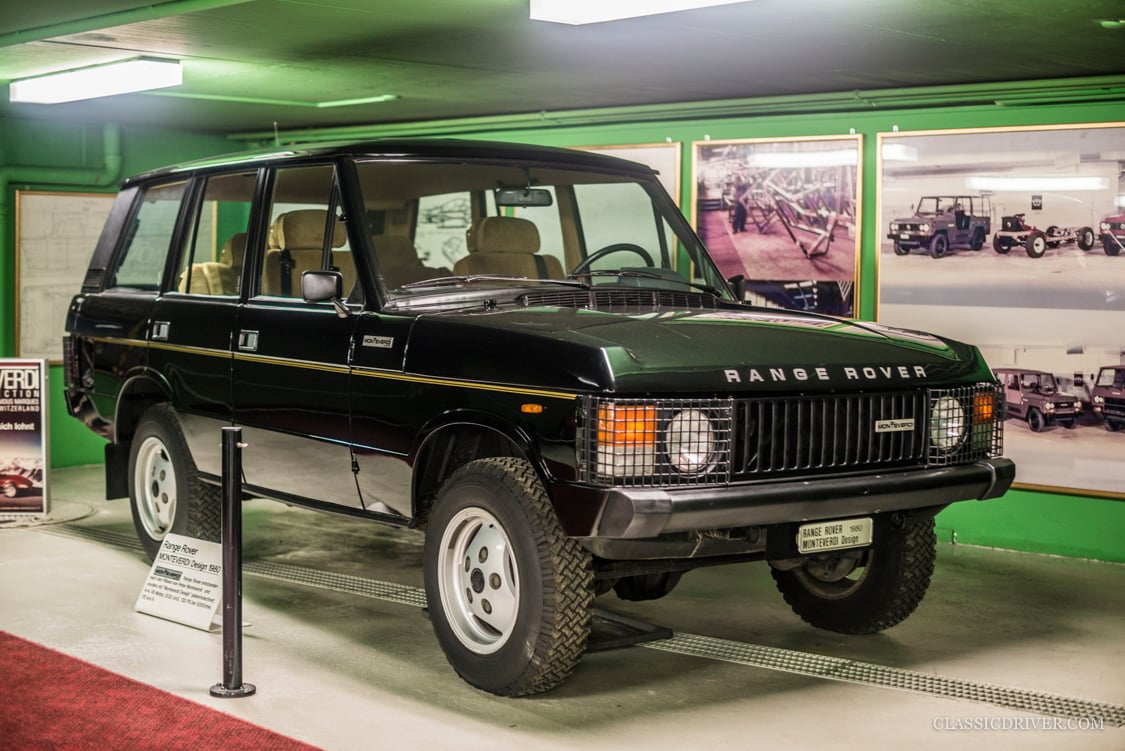
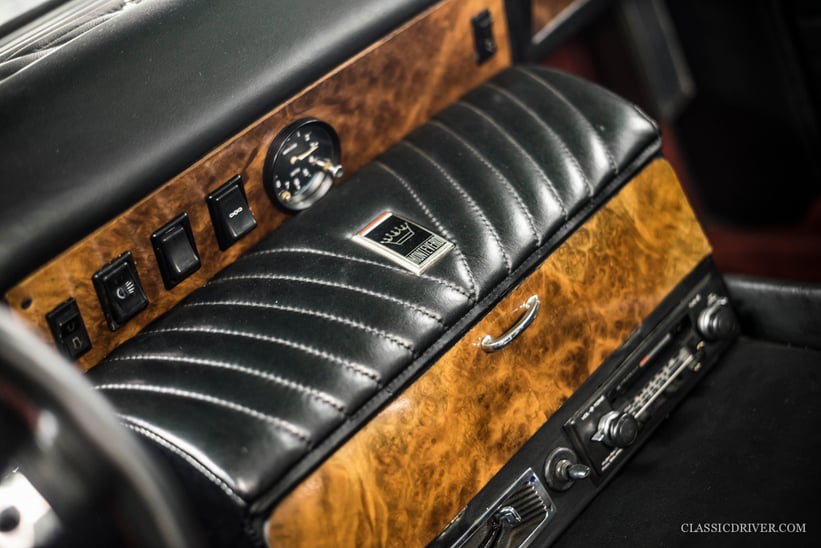
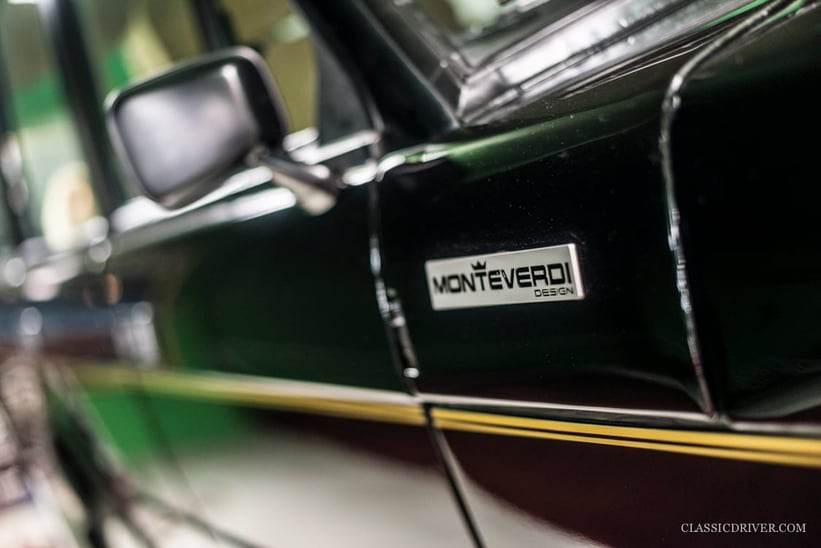
In addition to building its own cars, Monteverdi advised other brands. How did that work?
Under the banner of ‘Monteverdi Design’, we worked for various companies including Opel, Toyota, Subaru and Ford. The Ford Sierra, for example, owes its name to our saloon. Our most exciting project must have been the four-door Range Rover, which Land Rover took over from us. Our prototypes were often well received by much bigger brands, which helped us to survive as a small company.
What caused the Monteverdi brand to cease production?
You know, the automotive industry today is completely different to how it was back then. It was for this reason that we were only able to build our cars until 1982. At that point, we would have needed to switch to lightweight construction to adhere to the road homologation rules, but we simply could not afford to invest in the research and development. We decided to stop, and I regret the decision to this day. On the contrary, I’m extremely proud of what we achieved building our own cars, and here at the museum, I’m reminded of that every day.
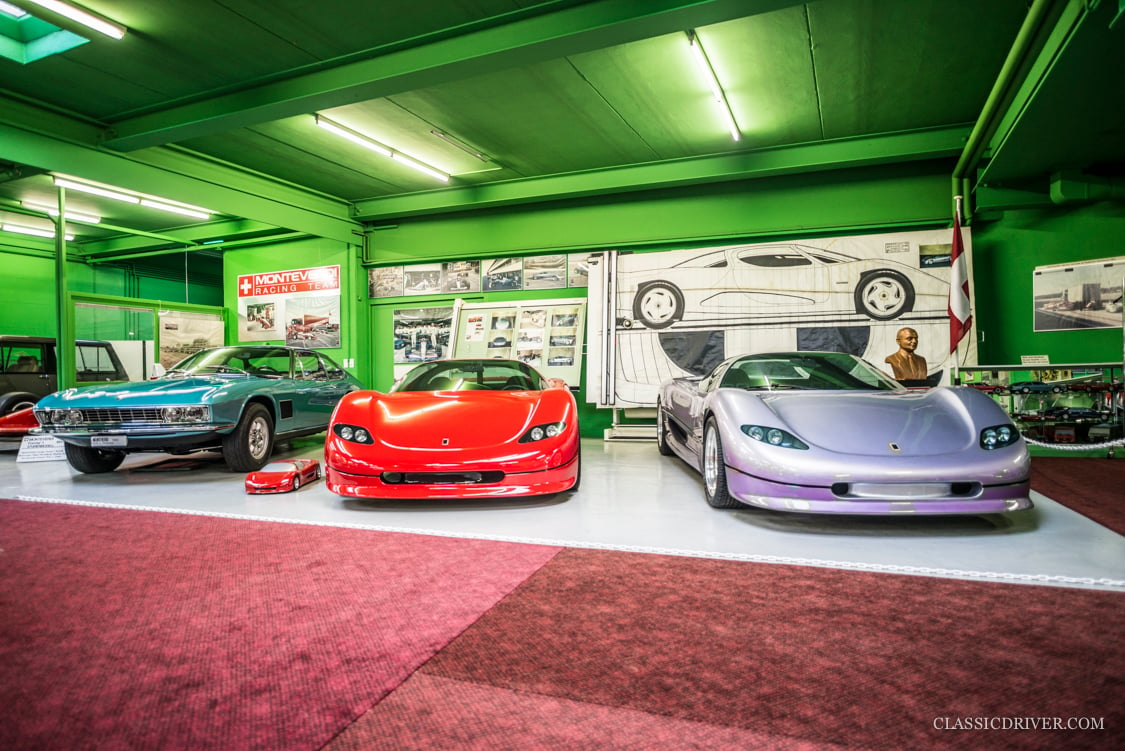
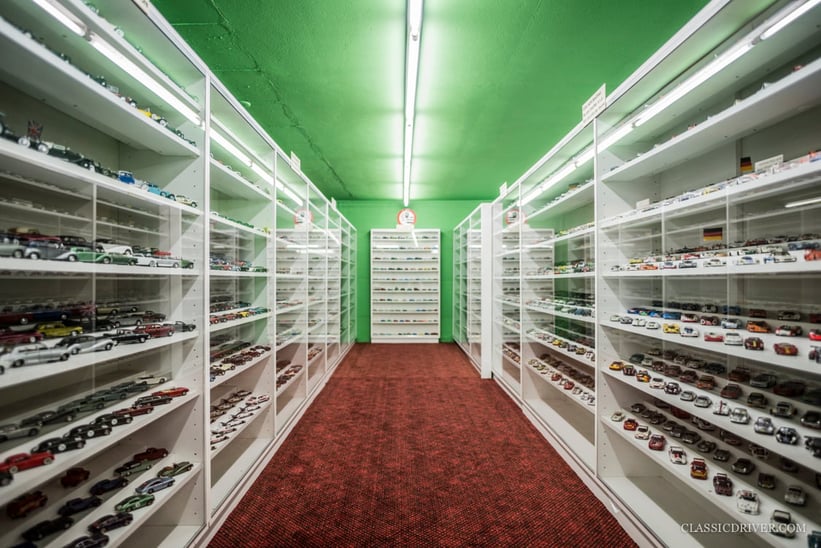

What sorts of people are visiting the museum?
Monteverdi is no longer a familiar name, and most of the people who visit are over the age of 30. Often visitors tell us they’ve passed the museum every day for 20 years, but never stopped by. They’re almost always rendered speechless by the sheer volume of cars we exhibit – most of which, by the way, are still running.
Which of the cars here is most important to you?
My favourite car is the Monteverdi High Speed 375 Coupé. It was beautiful 40 years ago, remains so today and will look just as good in 40 years’ time. That was perhaps our greatest advantage – we never built anything too outlandish, but our cars had character and have proved timeless.
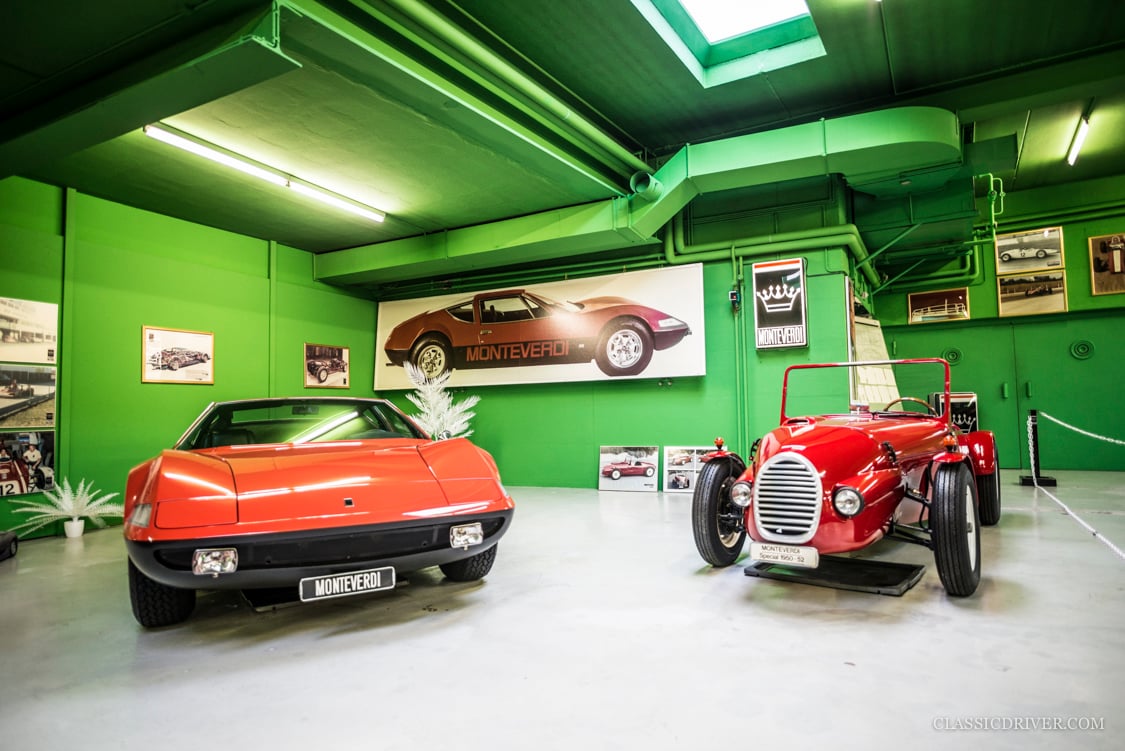
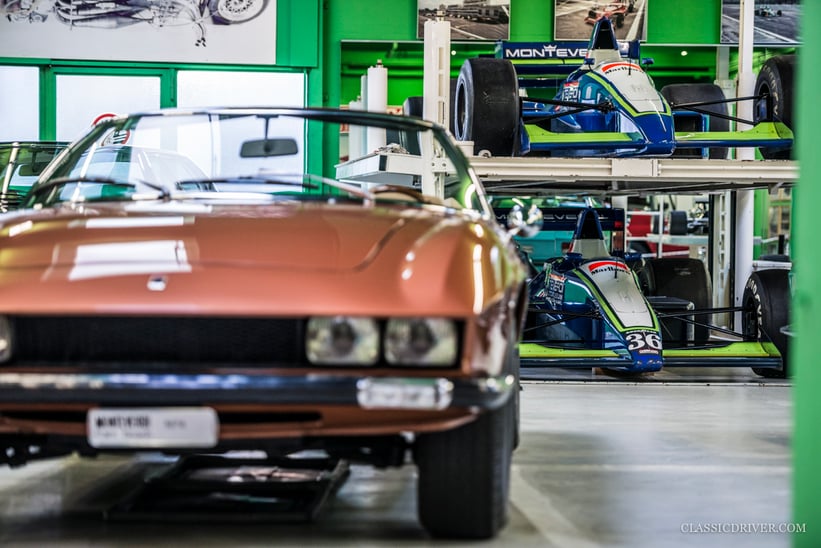
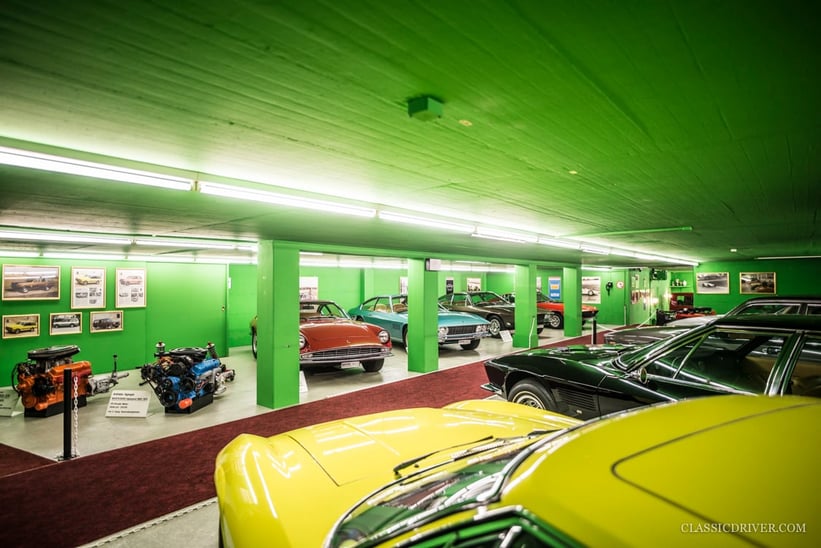
How would you explain the renewed interest in Monteverdi in the collector-car world?
You see Ferraris, Lamborghinis and Maseratis in abundance, but arrive in a Monteverdi and people really have to look closer to realise how special it is. Furthermore, the technology is easy to maintain and makes the cars incredibly reliable.
Have you ever toyed with the idea of reviving the Monteverdi brand?
Ask me again in the future – we will see…
Photos: Rémi Dargegen for Classic Driver © 2016


































































































